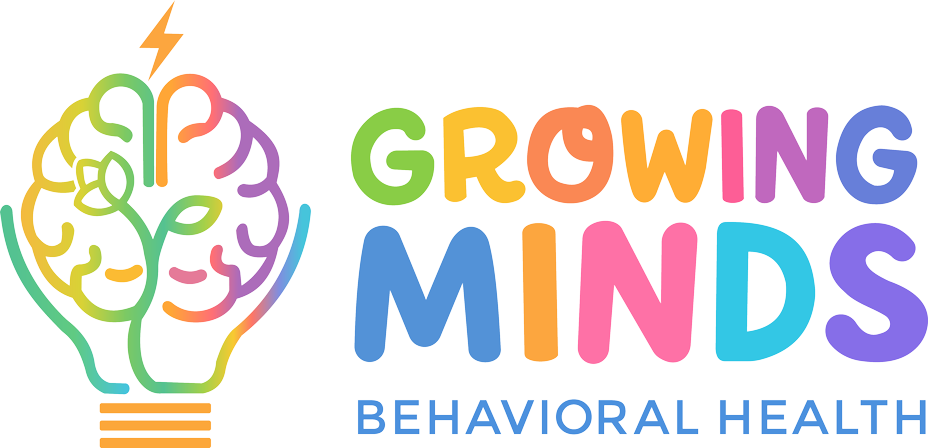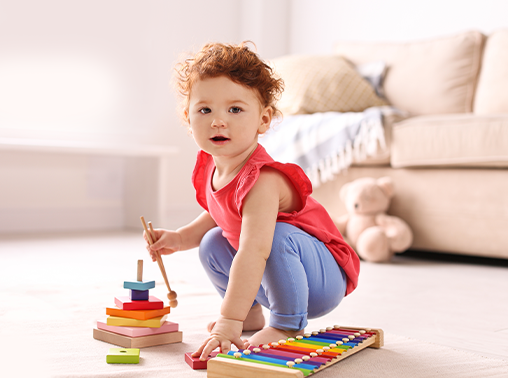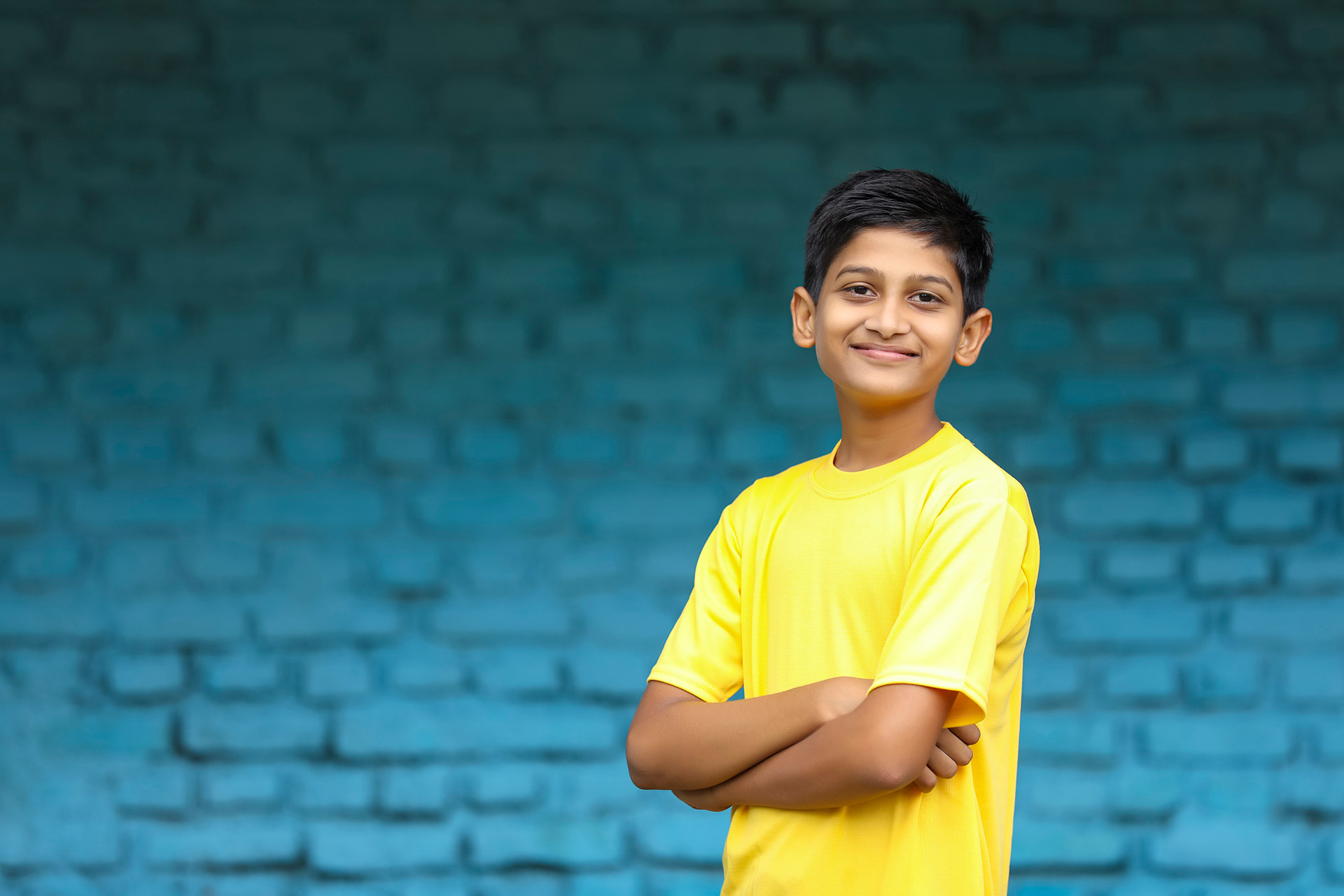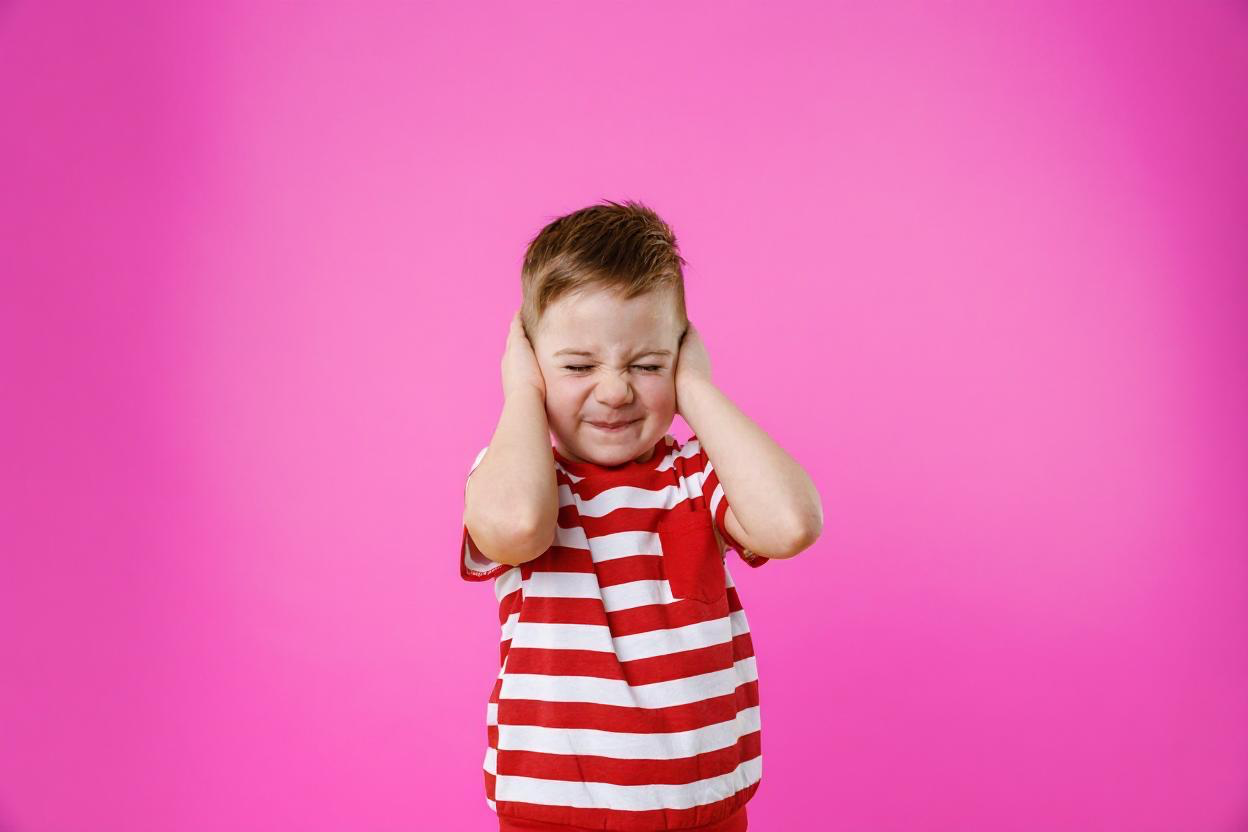Imagine a world where lights feel too bright, patterns appear overwhelming, and visual chaos makes it hard to focus. For many children with autism, this is a reality every single day.
Believe it or not, autism and vision are closely connected, and many children with Autism Spectrum Disorder (ASD) experience visual sensory issues that affect how they perceive and interact with the world.
How Visual Sensitivity Can Impact Your Child’s Daily Life

The brain of an autistic child may process visual information differently, sometimes leading to distorted perceptions or difficulty focusing on relevant visual cues. This can impact everyday activities, from reading to recognizing faces, and can contribute to anxiety or discomfort in certain environments.
Understanding Visual Sensory Issues in Autism
Children with autism can have visual hypersensitivity, meaning bright lights, flashing screens, or busy environments can feel overwhelming. On the flip side of visual hypersensitivity, children may have reduced sensitivity, making it harder for them to notice important visual cues.
These sensory difficulties and autism can influence learning, safety, and social interactions.
Signs that your child may have visual sensitivity include:
- Looking away or covering their eyes when lights are too bright
- Focusing intently on certain objects, lights, or patterns
- Getting distracted easily in visually busy spaces
- Showing clear favorites for certain colors or patterns
- Struggling to follow moving objects or read smoothly
Supporting Your Child with Visual Sensory Issues
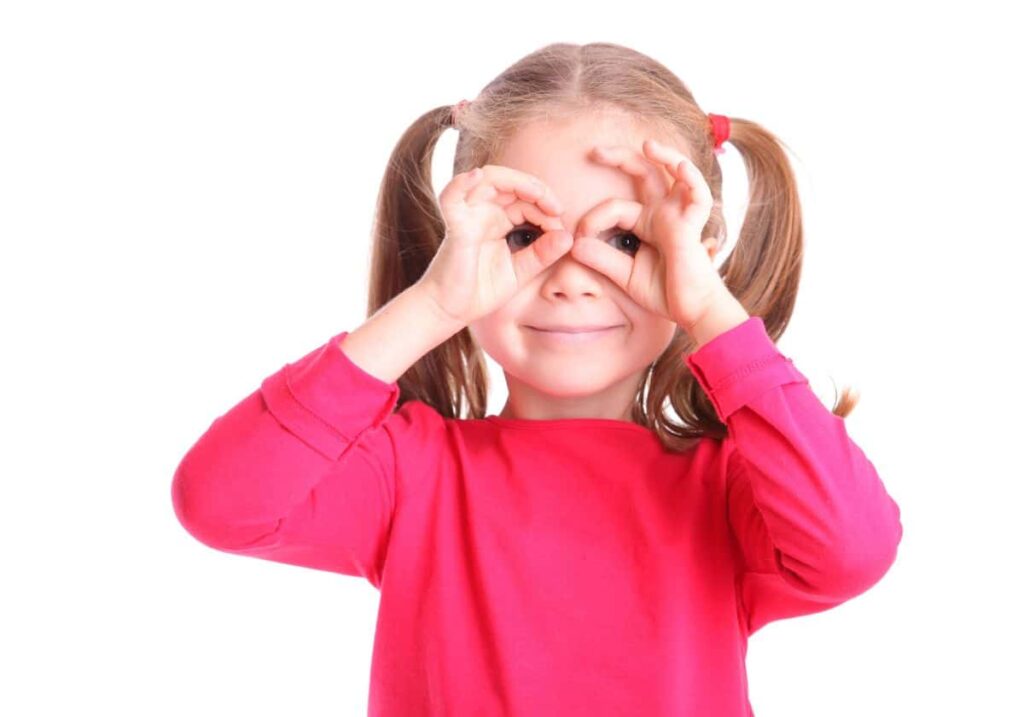
Supporting children with sensory stimulation for autism starts with creating environments that reduce overstimulation. Here is what you can do to make things more comfortable for your kiddo:
- Set up spaces that feel calm and not overwhelming
- Keep lighting soft and gentle whenever you can
- Adjust screens so they are not too bright
- Keep rooms and work areas tidy to avoid visual chaos
- Introduce new sights slowly, giving your child time to adjust
- Celebrate small wins and use positive reinforcement when trying new visuals
Work With Professional ABA Therapists
ABA therapists can help your autistic child gradually adapt to visual stimuli, manage visual sensitivity, and build confidence in everyday situations. By combining structured therapy with home strategies, you can help your child manage their sensory difficulties and autism.
Children with autism and vision challenges are not limited by their sensitivities, practical help is available, and it could change your child’s life!
If your child is struggling with visual sensory issues, contact us today to connect with an experienced ABA therapist who can provide guidance, strategies, and personalized support to help your child. Together, we can help your child navigate the world more comfortably and confidently!
